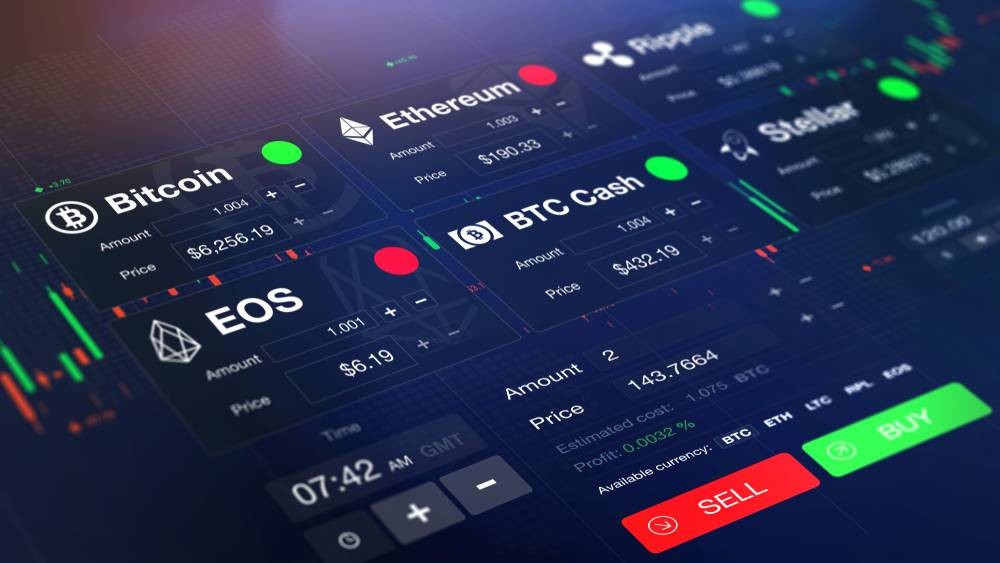Render is a decentralized graphics rendering network built on top of the Ethereum blockchain. It aims to connect artists and studios in need of GPU compute power with mining partners willing to rent their GPU capabilities out. The network’s native token, RNDR, is used to pay for rendering services.

What is RNDR?
RNDR is a distributed GPU rendering network that allows users to rent out their idle GPU power to help others render 3D graphics and videos. The network is powered by the RNDR token, which is used to pay for rendering services.
How Does RNDR Work?
RNDR works by connecting users who need rendering services with users who have idle GPU power. Users who need rendering services can submit their projects to the RNDR network. The network then breaks down the project into smaller tasks and distributes them to miners who have agreed to rent out their GPU power. Miners are paid in RNDR for completing tasks.
Who is RNDR For?
RNDR is for anyone who needs to render 3D graphics or videos, including:
- 3D artists: RNDR can be used to render 3D models, scenes, and animations.
- Video studios: RNDR can be used to render video effects, composites, and motion graphics.
- Individual users: RNDR can be used to render personal projects, such as home movies and video games.
What are the Benefits of Using RNDR?
RNDR offers a number of benefits over traditional rendering solutions, including:
- Scalability: RNDR can scale to meet the demands of any project.
- Cost-effectiveness: RNDR is a more cost-effective way to render 3D graphics and videos than traditional solutions.
- Convenience: RNDR is a convenient way to render 3D graphics and videos. Users can submit their projects to the network and let the network do the rest.
How to Get RNDR Tokens
RNDR tokens can be purchased on a number of cryptocurrency exchanges, including:
- Binance: Binance is a popular cryptocurrency exchange that supports RNDR trading.
- OKEx: OKEx is another popular cryptocurrency exchange that supports RNDR trading.
- com: Crypto.com is a popular cryptocurrency exchange that supports RNDR trading.
What is the Future of RNDR?
RNDR has the potential to revolutionize the way 3D graphics and videos are rendered. It is a fast, scalable, and cost-effective solution that is convenient for users of all levels.
In addition, the RNDR team is working on a number of initiatives to expand the use of the network, including:
- Developing a marketplace for RNDR services: This will make it easier for users to find and purchase RNDR services.
- Integrating RNDR with popular 3D modeling and animation software: This will make it easier for users to use RNDR to render their projects.
- Working with game developers to integrate RNDR into their games: This will allow gamers to use RNDR to render their in-game graphics.
Overall, the future of RNDR is bright. It is a powerful and versatile platform that has the potential to revolutionize the way 3D graphics and videos are rendered.
Conclusion
RNDR is a promising new technology that has the potential to make a significant impact on the 3D graphics and video industries. It is a fast, scalable, and cost-effective solution that is convenient for users of all levels. With its strong team and a number of exciting initiatives in the works, RNDR is a project that is worth watching.
Disclaimer
FAQ
DeFI stands for decentralized finance, offering open and accessible financial systems built on blockchain technology.
Yield farming involves earning interest by lending or staking cryptocurrencies.
Layer 1 blockchains are the primary networks (e.g., Ethereum), while layer 2 blockchains scale and improve performance on top of them.


